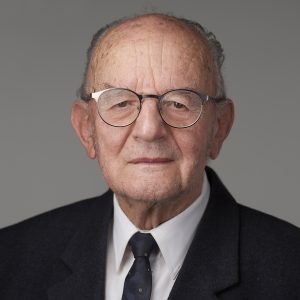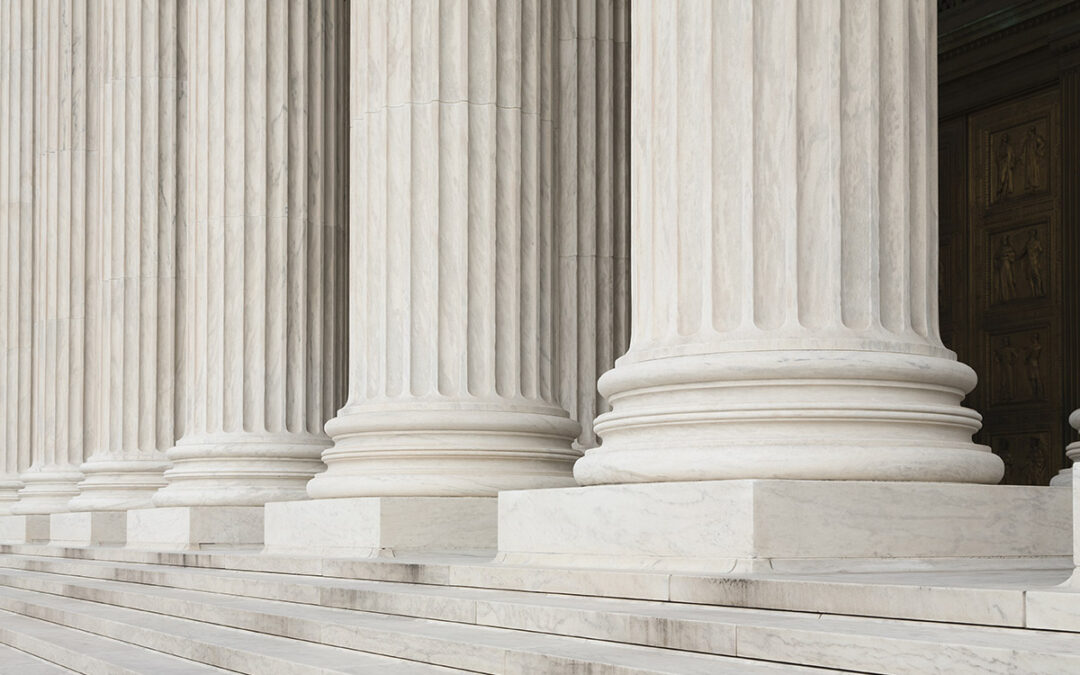FACTS
Claimant is owner of two European trademarks protected in classes 9, 10, 35 and 44. Namely, for medical instruments and services based on bioresonance. The defendant, a former employee of the claimant established an own company and became a competitor of the claimant.
In its business communications addressed to the relevant public, the defendant stated that his goods bearing the trademarks are genuine products as opposed to the claimant’s products bearing the same trademarks which are fake and called the relevant public for a boycott of the claimant’s products. The claimant filed a request for interim injunction in which he asked to prohibit the defendant from using their mark.
The Metropolitan Court prohibited the defendant by interim injunction from using claimant’s mark in the above context. The Tribunal held that defendant’s activity is supposedly trademark infringement. The defendant in his advertisements claimed that the goods offered by him for sale are of better quality than those traded by the claimant. This allegation was unfair.
The defendant filed an appeal with the Metropolitan Court of Appeal, which was successful, and the Court annulled the Tribunal’s decision. The Court held that the defendant’s use of the mark did not qualify as trademark use within the meaning of the EUTMR. As the parties traded the goods parallelly, the consumers associated the sign with both parties. The claim based on unfair competition could not be judged on the basis of the Trademark Act.
The claimant requested review with the Supreme Court. The Supreme Court changed the decision of the court of second instance. The Supreme Court held that in the advertisements and offers the defendant used claimant’s mark. This activity of the defendant must be qualified as use of the mark in the frame of trade and is therefore deemed to be infringement. The Supreme Court held that the Tribunal was right in his conclusion in respect of trademark infringement. Moreover, the Tribunal was also right considering the unfair behaviour of the defendant: the mark must be used within the framework of fair trade. Contrary to the decision of the court of second instance, the circumstance that the infringement can be condemned also under the Law of Competition, does not exclude the condemnation under the Trademark Law. In a procedure for interim injunction, it is not necessary to prove the situation in every detail, it is enough to prove the probability of infringement.
COMMENTS
The situation of the hereabove reported case seems to be a good example for the dilemma of the judges, namely a positive decision by the Tribunal, a negative one by the Court of Appeal and a positive one again by the Supreme Court. It is worthwhile repeating in this respect the word of the Supreme Court, which underlines that the function of the interim injunction is to secure a provisional measure. It follows from the idea that the final decision, i. e. judgement in merito can sometimes differ from the interim injunction.
I believe that regarding the question of judging the case on the basis of the Trademark Law and Competition Law separately or in a complex manner, the instruction of the Supreme Court is especially positive when it produces the complex appreciation of the two legal measures. In Hungarian case-law it happens quite often that courts (as in the here reported case: the Court of Appeal) prefer a separate handling of trademark infringement from an unfair competition action.
In-house Counsel
Doctor of the Hungarian Academy of Sciences
Partner







